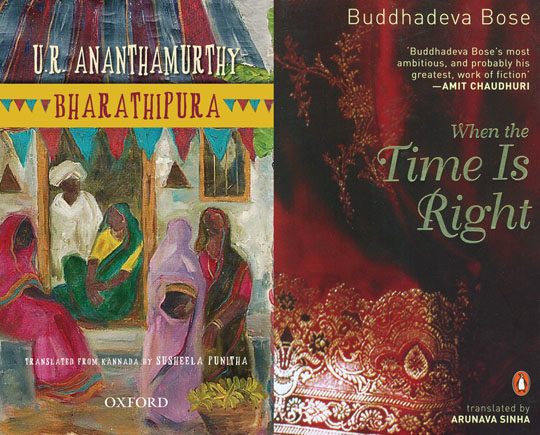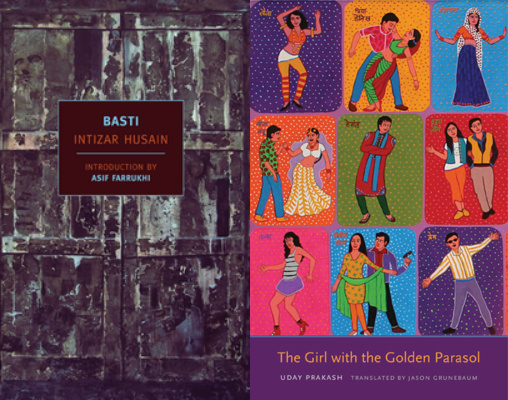Read all posts in Mahmud Rahman’s investigation here.
In the early 20th century and into the first decades of independent India, there were a small number of translations into English. Across language boundaries, Indians read writers like Tagore, Sarat Chandra, and Premchand. Though the translations were often clunky, these books played a role in building a sense of India as a nation.
Initially there were a handful of publishers who published translations from a few Indian languages into English. Quality translations came from one or two individuals, such as the writer A.K. Ramanujan. Rita Kothari in her book Translating India includes this telling quote: “Prabhakar Machwe, secretary of the Sahitya Akademi in the seventies complained that, ‘even after 25 years, we have not been able to develop a team of ten good, competent translators of Indian languages into English.’”
Things began to turn by the late 1980s.






It’s Time to Talk: On Translations from South Asian Languages
Mahmud Rahman concludes his insightful series by addressing your questions and responding to the discussion he sparked.
Read all posts in Mahmud Rahman’s investigation here.
In this final post, I want to respond to some issues that have come up among readers. Besides a few comments on the blog posts, this series also generated conversations that came to me via personal emails or messages on Sasialit, a mailing list about South Asian literature.
Huizhong Wu, a literature student at the University of Pennsylvania, wrote me:
READ MORE…
Contributor:- Mahmud Rahman
; Tags: - comments
, - discussion
, - Sasialit
, - South Asian languages
, - South Asian literature